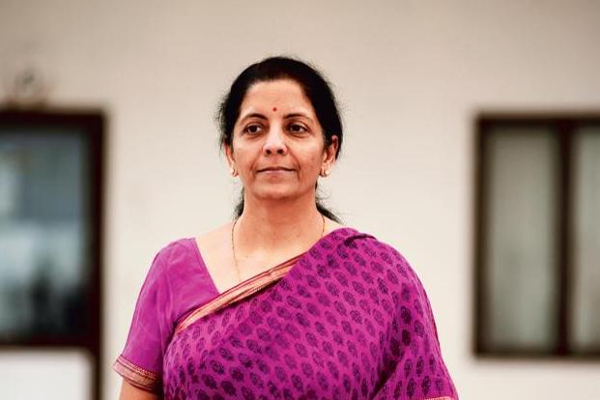The finance ministry believes India’s fiscal deficit for FY21 may not be as low as budgeted. 9.5% of GDP, with both revenue and expenditure is expected to be higher than anticipated. The central government’s fiscal position has improved in the second half of FY21 due to a revival in economic activities. The provisional figures for indirect tax collections for FY21 show that net revenue collections are Rs. 10.71 trillion, 108.2% of the revised estimates (RE) and have registered a growth of 12.3% over the preceding year. GST collections of Centre during FY21 stand at Rs. 5.48 trillion as compared with Rs. 5.99 trillion in FY20—106% of RE, though 8% lower than the last year’s collection. In the second half of FY21, GST collections registered a good growth and collections exceeded Rs. 1 trillion in each of the six months owing to economic recovery during this period. The provisional figures of net direct tax collections for FY21 are at Rs. 9.45 trillion, 104.5% of the RE.
Fiscal deficit in the first 11 months of FY21 stood at 76% of the RE, according to data released by the Controller General of Accounts (CGA). CGA is likely to release data for March by end of May.
Ms. Aditi Nayar, Chief Economist at ICRA Ratings, said that for the month of March, the government has the headroom to release a massive Rs. 6 trillion as revenue expenditure. “Nearly 40% of this headroom is on account of subsidies, which we expect will be broadly in line with the FY21 RE. Nevertheless, we do expect the Centre’s revenue spending to fall short of the FY21 RE by Rs. 70,000 crore- Rs. 90,000 crore, on account of non-interest, non-subsidy spending. Based on the recent trends, we expect the Centre’s capital expenditure in FY21 to be in line with the RE,” she added.
Nayar said with substantial headroom left in terms of the food subsidy amount that was yet to be disbursed at end-February, she expects the fiscal deficit to climb sharply in the final month of FY21.
However, rating agencies expect fiscal slippage in FY22 compared with budgeted 6.8% of GDP. Fitch Ratings last week said while it does not expect the government to significantly expand spending beyond what has been budgeted, the risk remains that a prolonged health crisis takes a larger toll on revenue collection than it currently expects, resulting in a larger central fiscal deficit.
“We have revised our forecast for the Indian central government deficit to 8.3% of GDP in FY22 from 8% previously. This puts our forecast even further from the government’s 6.8% deficit projection for FY22 made at the February Union Budget. The main driver of our deficit forecast revision is a downward revision to our outlook for revenues, given that the flare-up in COVID-19 cases in India and containment measures in place will hamper India’s economic recovery, which will have a negative impact on fiscal revenues,” the rating agency added.
You may also like
-
Trade Connect E-platform For Exports Is Single Window, Fast, Accessible And Transformational: Shri Piyush Goyal
-
Dot Simplifies Approval Processes For Telecom Licenses And Wireless Equipment
-
Coal Production and Supply Trends on Positive Trajectory
-
Union Minister To Release Booklets On Promotion Of Indigenous Species & Conservation Of States Fishes
-
2nd India-Japan Finance Dialogue held in Tokyo on 6th September, 2024
